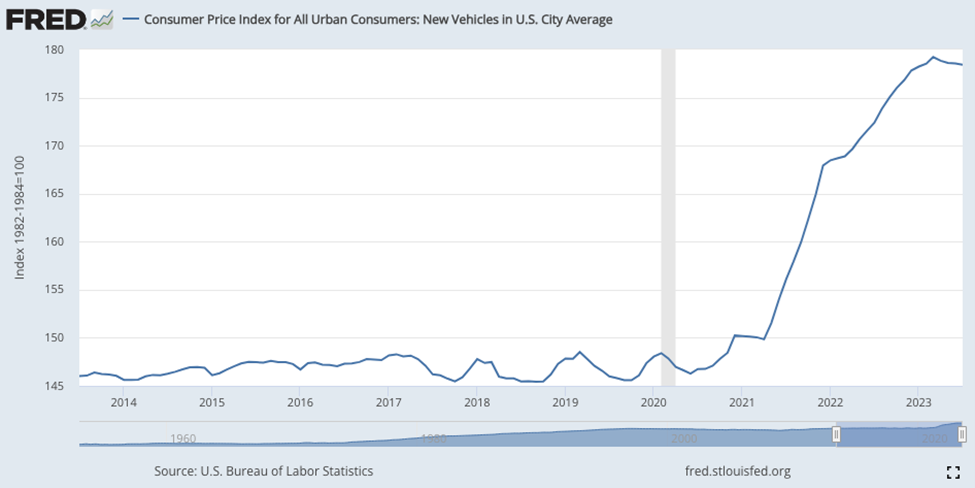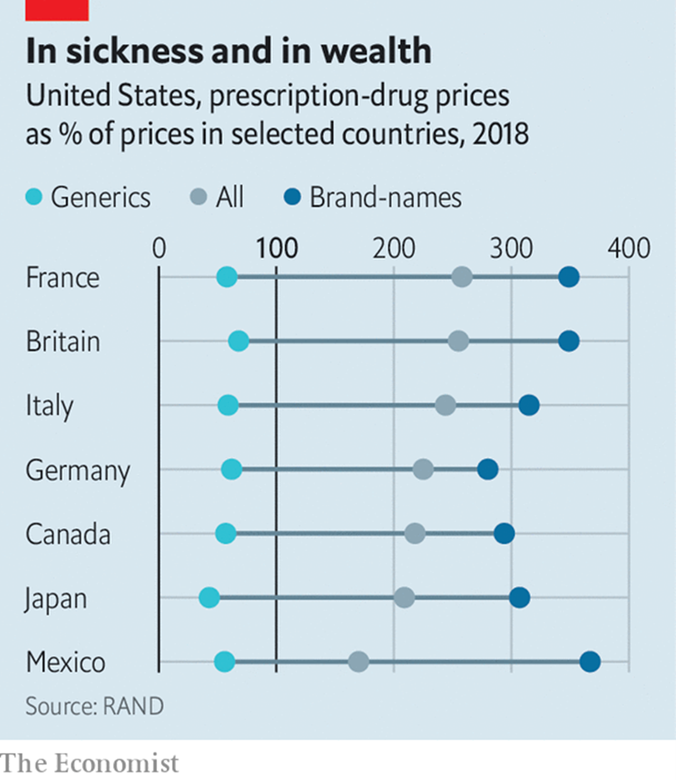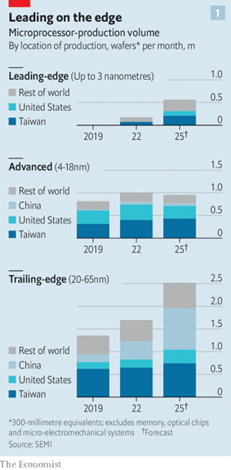The Daily Escape:

Red Mountain, San Juan Mountains, CO – September 2023 photo by Daniel Forster Photography
The “the biggest auto strike in generations” got under way last week, with 150,000 US autoworkers, including employees at Ford, Stellantis and General Motors walking off the job after contract negotiations failed to reach a deal. This strike, coupled with the likely government shutdown at the end of the month, will precipitate a very dangerous moment for the Biden administration.
From The Guardian:
“The United Auto Workers (UAW) union says workers have never been fully compensated for the sacrifices they made after the 2008-09 financial crisis, when they agreed to a raft of cuts to save the industry. The carmakers received huge bailouts and soon returned to record profits.”
The WaPo had a good article asking workers why they are striking. Most cited inflation and fairness:
“We’re not making enough money” said Petrun Williams, a 58 year-old Ford repairman. “People should be able to buy their own houses, but right now it’s not possible.”
This is going to be a difficult problem to tackle, because GM, Ford, and Stellantis are wildly inefficient giant bureaucracies with cost structures optimized to make $75,000 trucks, and their move into Electric Vehicles will take a lot of money and time before it pays off.
But the Biden administration isn’t necessarily helping: (Brackets by Wrongo)
“…Biden…is in a tough spot with the United Auto Workers….Through its industrial policies,…[Biden]…is giving away billions to automakers through production tax credits and loans, while supporting the transition to electric vehicles through consumer rebates and funds for charging infrastructure. Biden has promised that those incentives will lead not only to carbon emissions reductions but also good-paying union jobs.”
But the UAW leadership isn’t buying it. As the UAW goes on strike, their members don’t necessarily support Biden, but that doesn’t necessarily mean they support Trump either. Politico asked striking members if Biden had done enough to prevent the strike. They talked to Garry Quirk, the president of the local UAW union in Kokomo, IA:
“I don’t know what he’s done…Ask him. I don’t think he knows what he’s done. Seriously. I’m not trying to be mean.”
Quirk wasn’t freelancing: Fain and the union haven’t yet endorsed Biden’s reelection, throwing into doubt Biden’s standing in autoworker-heavy communities. But Politico reported that Biden had spoken that day with UAW president Shawn Fain and auto company CEOs. The chair of Biden’s Council of Economic Advisers said this week that Biden had been very much engaged.
But his efforts didn’t resonate with union member Denny Butler:
“Historically, man, if you didn’t vote Democrat years ago, and you were in the union, sometimes you got your ass kicked…I’m telling you what, the Democratic Party is not what it was 20, 30 years ago.”
So this is another Politico story about Obama voters becoming Trump voters and not looking back.
What Biden is fighting is the sense that the Democratic Party has not been truly on the side of union workers for a long time. It is true that today the Democrats are more on the side of unions. Neoliberalism is not nearly as powerful in the Democratic Party as it was during Obama’s time, or earlier.
But perceptions can be sticky. Clinton, Carter, and Obama (especially in the first term) all promoted corporate policies over the unions. Workers got screwed as factories closed, and no one offered much to workers beyond retraining programs that they didn’t want, and for the most part, didn’t lead to better jobs.
If you said that Republicans (including Mitt Romney) were no better, you’re correct. But today’s Republican Party offers a way to channel anger and resentment. Union members can opt for the GOP path even if the GOP doesn’t have the union’s interests in mind.
Despite Obama (and Biden) saving autoworker jobs through the 2009 auto bailout, they did little to hold the auto companies accountable. They allowed the expansion of two-tiered wage rates that the union is still fighting during the current strike.
The perception is that the UAW shrank and sacrificed, while the auto industry leadership got richer. Biden absolutely cares about unions, but he’s fighting against decades of belief that the Democrats aren’t what they used to be.
And no matter what Biden does, it’s going to be hard to get by that perception. There’s a mixture of anger and nostalgia that sticks in the minds of people who don’t really pay attention to the details of politics. Let’s take a look at the price of cars over the last ten years:

The Big Three automakers reported $21 billion in profits in just the first six months of 2023. Despite these enormous gains, the companies have cried poverty in response to union demands for wage increases that would make up for decades of pay stagnation. Worse, during the last year, the Big Three automakers have authorized $5 billion in stock buybacks, effectively giving those dollars to shareholders instead of to autoworkers.
The Economist had an excellent observation (paywalled):
“Late last year I took a trip…in a shiny new vehicle, Ford’s electric F-150. The car is in some ways an avatar for today’s Democratic Party. Joe Biden’s administration likes things that are made in America by union labor. It also wants to speed up the transition away from fossil fuels. The F-150 car ticks both boxes. It is also a high-end item that markets itself as a vehicle for working Americans.”
More:
“That’s a bit like the Democratic Party too…with each passing election Democrats lose votes among actual working-class Americans and gain them with college-educated ones (some of whom can actually afford a $75,000 truck).”
More:
“When we talked to a…UAW…representative near Detroit, it became clear the unionized workers are lukewarm on the green transition. Electric vehicles are less labor-intensive than cars powered by internal combustion, which is bad for the UAW members. In fact that is one reason why the union went on strike today. College-educated liberals, on the other hand, like electric vehicles a lot.”
Apparently union members see the problem much more clearly than the Biden Administration.
There could be a settlement reached between the unions and the companies at any moment, but it feels like this will be a protracted situation: If the UAW workers get the 40% pay increase they are asking for, they probably would learn to accept electric vehicles. Don’t hold your breath.
Biden’s relationship with America’s unions is deep and personal, but the next few months are really about his political strategy. And they’re an example of how the Democrats are always trying to balance competing aims.
Time to wake up America! Will Biden continue pursuing his environmental policies and risk losing even more support among working-class Americans? Or will he pump the brakes on environmentalism and alienate upscale Democrats? Biden won only 33% of white, non-college voters in 2020, so maybe that’s where his opportunity to expand his base in 2024 lies. But does Biden really have a path to take back more non-college voters?
To help you wake up, watch and listen to a recent version of the union anthem “Solidarity Forever”, written by Ralph Chaplin in 1915. Although it was written for the Industrial Workers of the World (IWW), the AFL–CIO have adopted the song as their own. Here it is sung in the Wisconsin capitol building in September 2011, by demonstrators who opposed then Governor Scott Walker’s “Wisconsin Budget Repair bill.”
The bill proposed to alleviate the state’s budget shortfall by taking away the ability of public sector unions to bargain collectively over pensions and health care, as well as ending automatic union dues collection by the state. Walker stated that without the cuts, thousands of state workers would have to be laid off. After two days of arrests for “holding signs” on the first floor of the Wisconsin State Capitol, the Solidarity Sing Along took to the rotunda in joyful defiance:
The law passed and remains in effect today.











